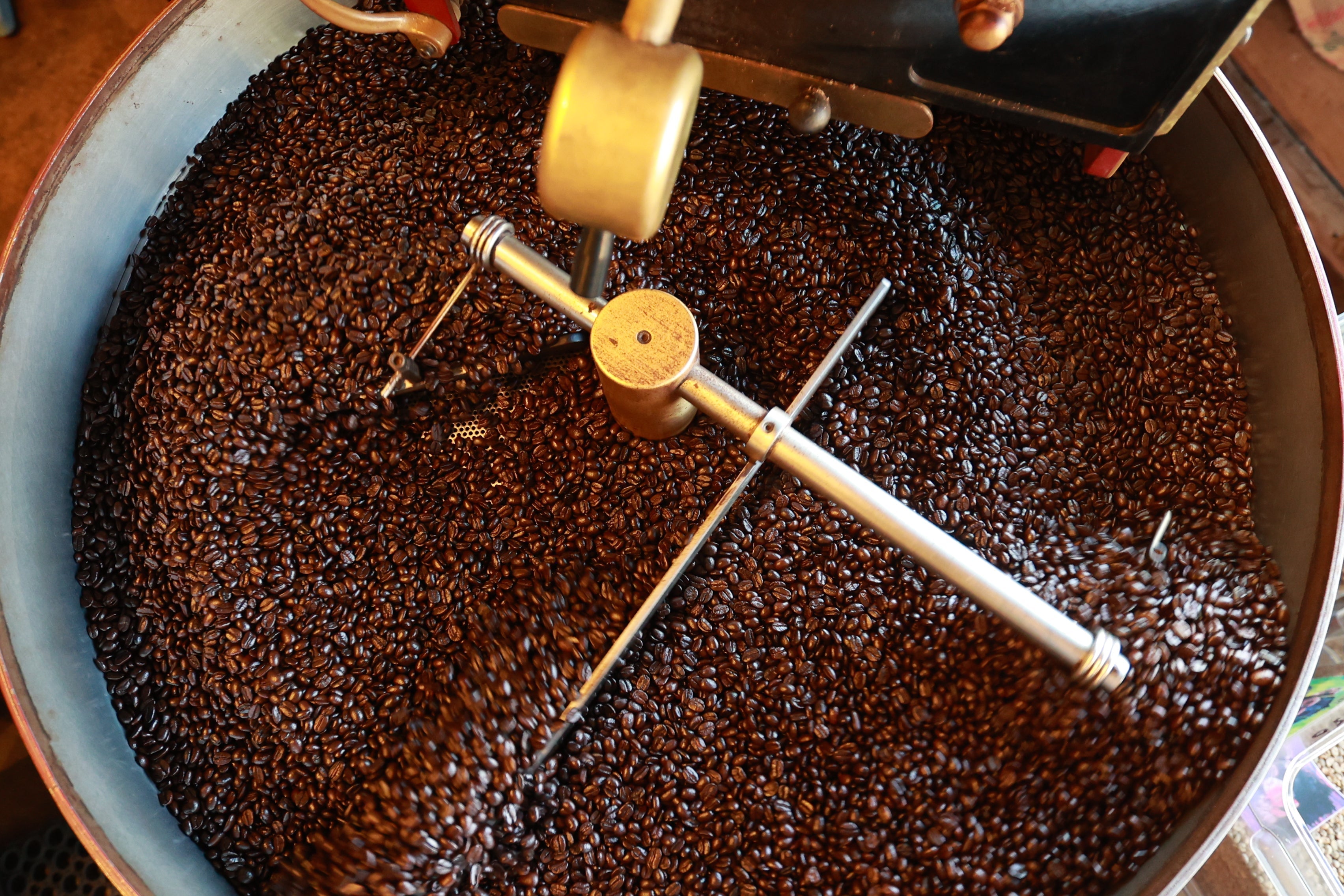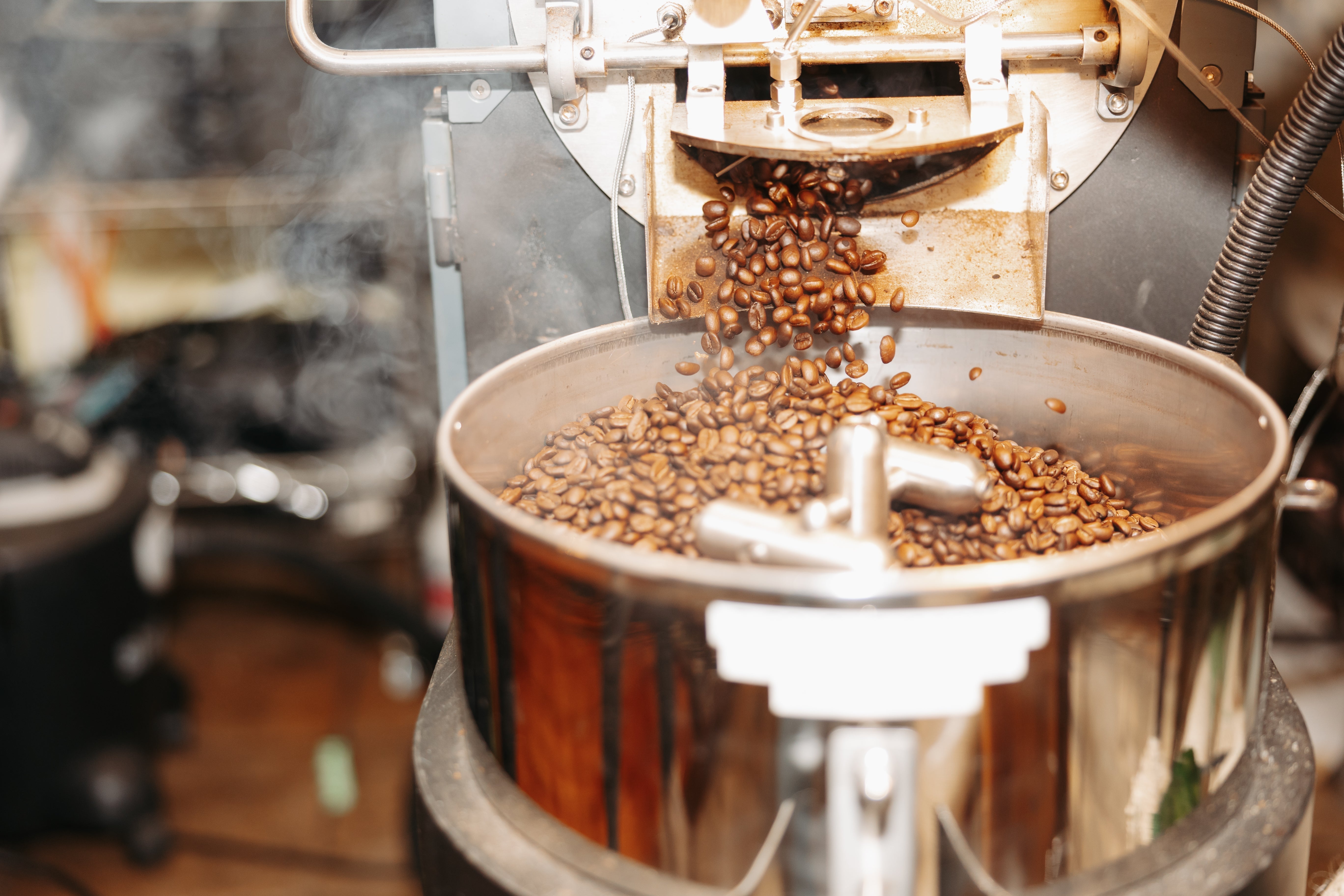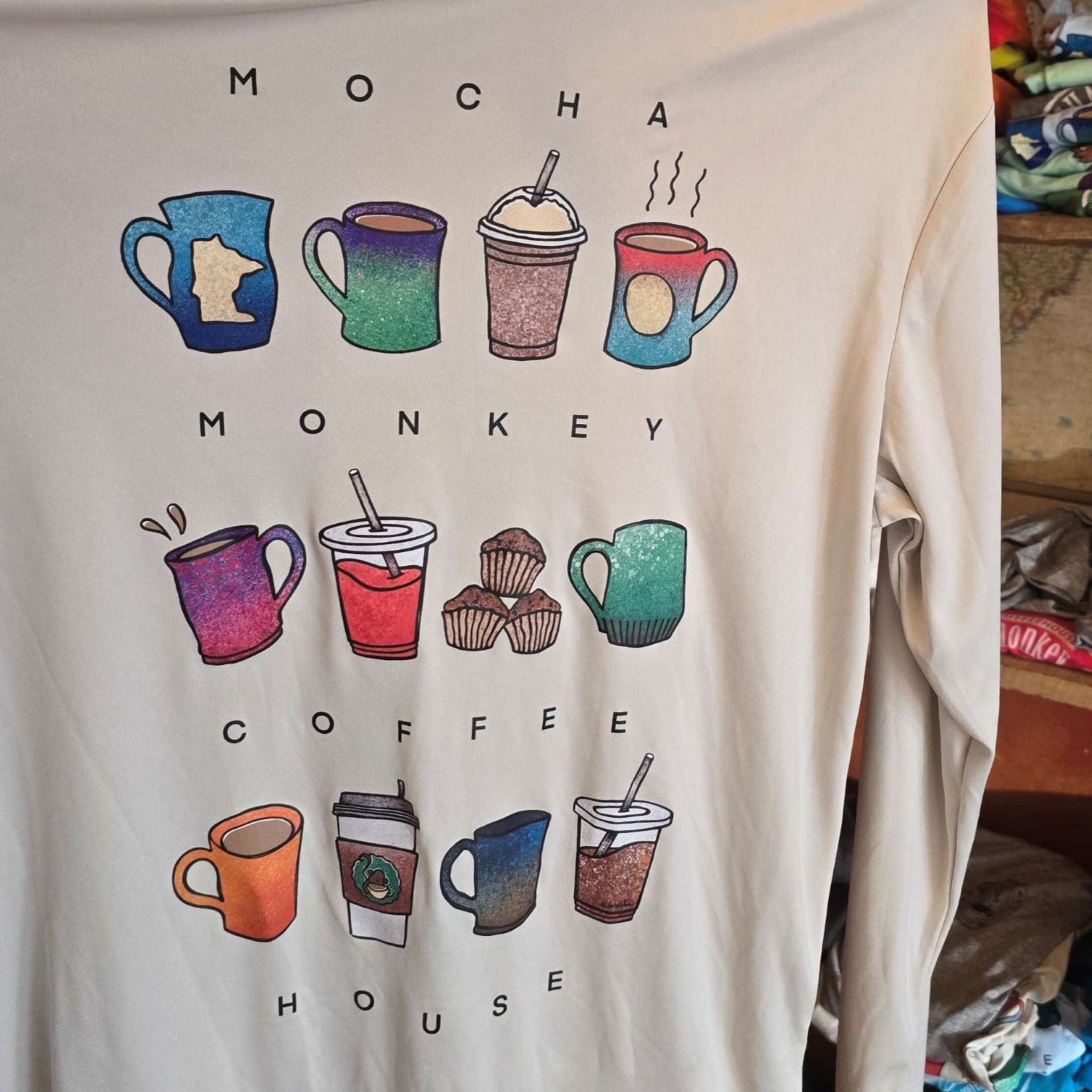
The Journey of a Coffee Bean: From Farm to Cup
Every cup of coffee tells a story—one that begins long before it reaches your hands. The journey of a coffee bean is a fascinating tale of cultivation, care, and craftsmanship that spans continents and involves the dedication of many skilled individuals. Let’s explore the incredible voyage of coffee from farm to cup.
1. The Coffee Farm: Where It All Begins
Coffee originates from the lush coffee-growing regions known as the "Bean Belt," which spans countries across Central and South America, Africa, and Asia. The two most common species of coffee grown are Arabica and Robusta, each offering distinct flavors and characteristics.
Farmers cultivate coffee trees in high-altitude regions where the climate, soil, and elevation contribute to the bean's quality. It takes approximately three to four years for a coffee tree to bear fruit, known as coffee cherries. Once ripe, these cherries turn a deep red and are ready for harvesting.

2. Harvesting and Processing
The harvesting process varies depending on the region and farm. Some farms opt for hand-picking, ensuring only the ripest cherries are selected, while others use mechanical harvesters. Once harvested, the cherries undergo processing to remove the bean from the fruit. There are three primary methods:
-
Washed (or Wet) Process: Cherries are pulped, fermented, and washed to remove the outer layers, highlighting bright and clean flavors.
-
Natural (or Dry) Process: Cherries are sun-dried before being hulled, imparting fruity and complex notes.
-
Honey Process: A hybrid method where some fruit mucilage is left on the bean, producing a balanced sweetness and body.
3. Drying and Milling
After processing, the beans are dried to the optimal moisture level before being hulled to remove any remaining parchment layer. Once dried, they are sorted by size and quality, with defective beans removed to ensure a consistent batch.
4. Exporting and Roasting
The dried green coffee beans are then packed and shipped to roasters worldwide. Once they reach their destination, the roasting process transforms the green beans into aromatic, flavorful coffee.
Roasting is an art and science that determines the final taste of your coffee. Light roasts preserve acidity and floral notes, while Medium roasts bring out balanced sweetness and body. Dark roasts develop bold, rich flavors with deeper caramelization.

5. Grinding and Brewing
After roasting, beans must be ground to the appropriate size for the chosen brewing method. The grind size significantly impacts extraction, affecting the coffee's flavor and strength. Popular brewing methods include:
-
Espresso (fine grind, intense and concentrated)
-
Pour-over (medium-fine grind, balanced and nuanced)
-
French Press (coarse grind, full-bodied and rich)
-
Cold Brew (extra coarse grind, smooth and refreshing)
6. The Final Step: Enjoying the Cup
After this long journey, the coffee is finally brewed and enjoyed. Whether it’s a carefully crafted espresso or a comforting morning pour-over, every sip reflects the hard work and dedication of everyone involved in the process—from the farmer to the roaster to the barista.
Next time you take a sip of your favorite coffee, take a moment to appreciate the incredible journey it has taken to reach your cup!
"Life begins after coffee..."
Mocha Monkey Lead Roaster
John Pennucci


